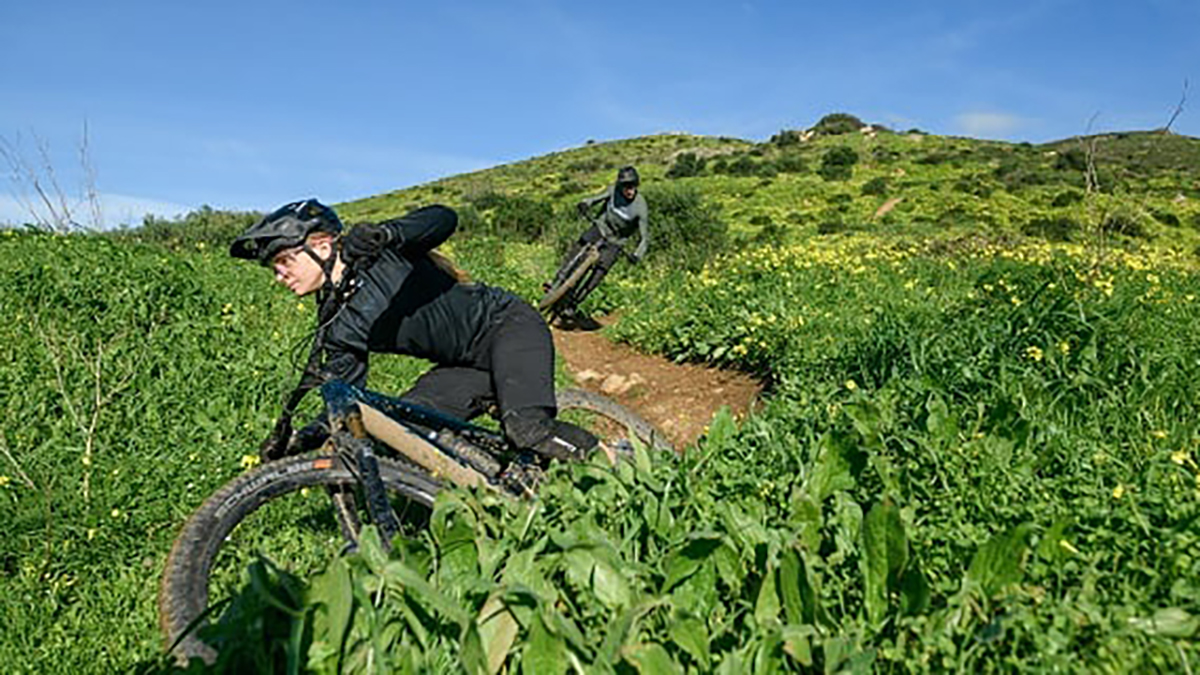Best mountain bikes under $1000 – top-rated bargain hardtail MTBs that give maximum bangs per buck
Our test team's round-up of the best $1000 mountain bikes for hitting the trails on a budget
The $1,000 mountain bike is an important price-point for those wanting to take riding more seriously. But with lots of hardtail and full-suspension options on the market, it's not easy deciding which is the best for you.
As a general rule, the best hardtail MTBs are the way forward when it comes to mountain bikes under $1,000. Due to their simple construction, higher reliability, and fun-enhancing nature, they're brilliant for anyone wanting a fuss-free way to enjoy the trails and perfect their skills. Without the complications of rear suspension, a hardtail can offer a superior ride quality that is not compromised by frame design or poor-quality components.
But why not full-suspension? While there are some exceptions, a $1,000 budget is too limiting to produce a functional full-suspension bike and most full-sus options around this price bracket will have several flaws. For the money, hardtails are still king. Without the complications of rear suspension, a hardtail can offer a superior ride quality that is not compromised by frame design or poor-quality components. If your front and rear suspension is an absolute must for you, then make sure to check out our guide for the best budget full-suspension bikes.
We found the best under $1,000 mountain bike overall was the comprehensively specced Polygon XTRADA 7. The best value bike was the Caliber Line T3 275 – but it's only available in the UK and if you live there, it would be our pick for best £1,000 MTB overall.
Best mountain bikes under $1,000
Why trust BikePerfect
The quick list

Best mountain bike under $1,000 overall
Sleek lines and a great spec, including the air-sprung 120mm travel SR Suntour fork.
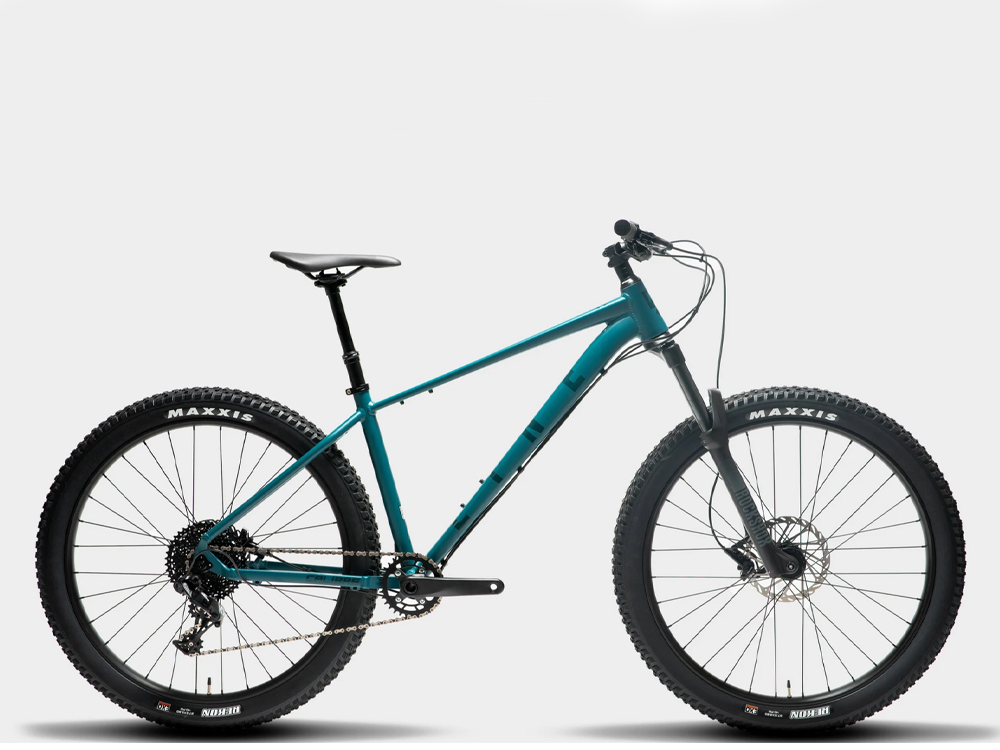
Best value mountain bike under $1,000
Arguably the best $1,000 bike overall, but unfortunately it's only available for UK-based riders

Best online only mountain bike under $1,000
A great value and capable hardtail with a decent spec and high-quality frame that's a great base for future upgrades.

Best mountain bike under $1,000 for singletrack
The Analog's steeper head angle and shorter wheelbase make it a nippy little singletrack cruiser.
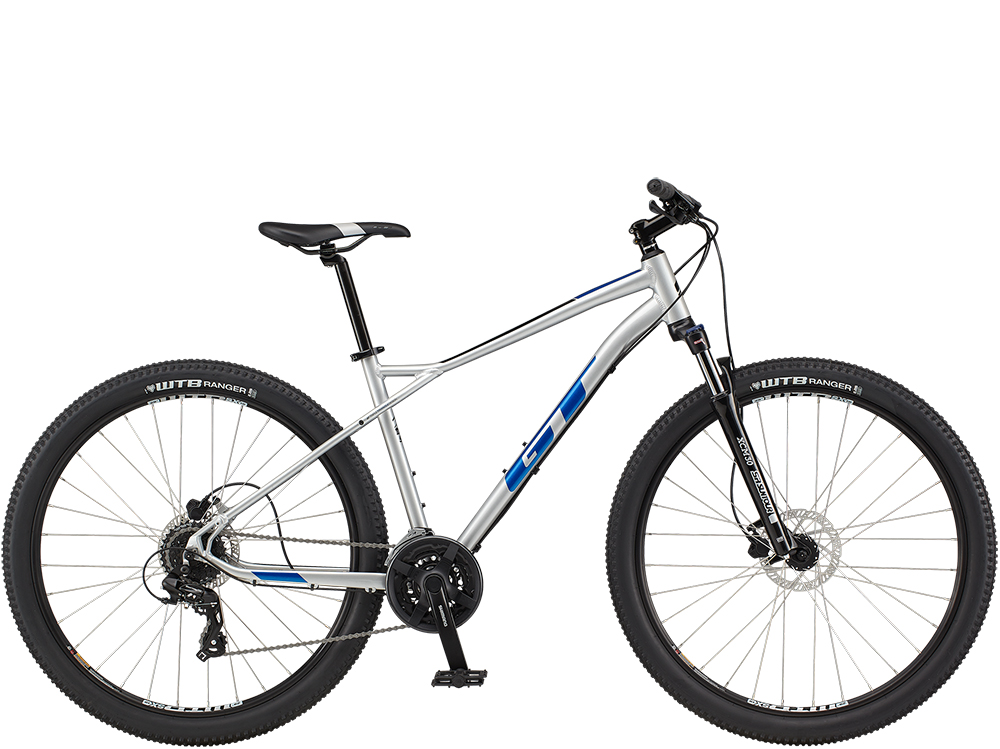
Best mountain bike under $1,000 for beginners
A great entry-level bike with 29 or 27.5in wheel options and GT's signature Triple Triangle frame design.

Best build quality mountain bike under $1,000
Despite the Talon 4’s cheap price, it's an excellent bike with a high-quality ALUXX SL aluminum frameset.

Best mountain bike under $1,000 for long rides
A top value bike for long cross-country or adventure missions, with lively handling and fast-rolling tires.
1. Best overall
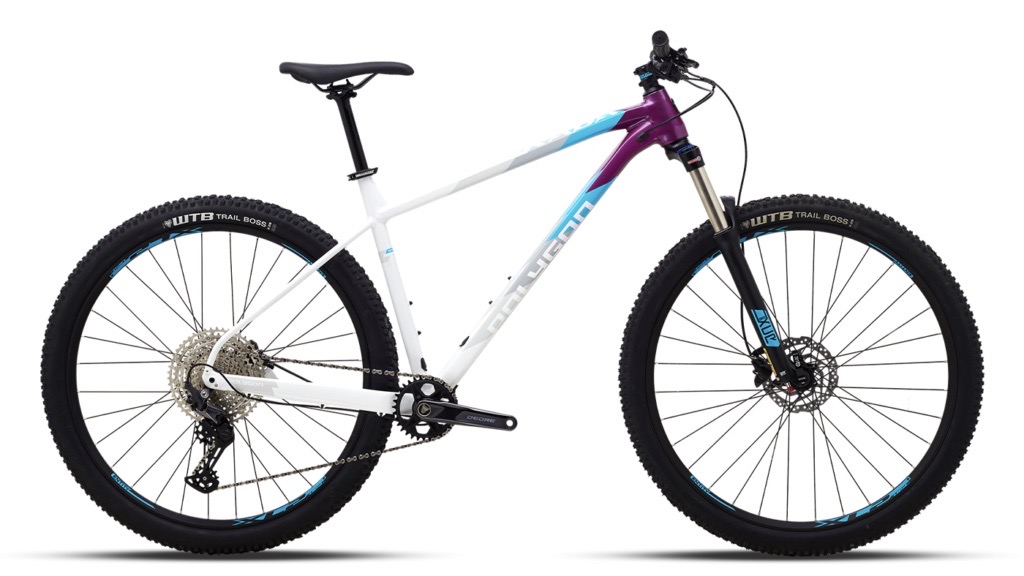
Polygon XTRADA 7
Specifications
Reasons to buy
Reasons to avoid
While the XTRADA 7 only comes in at a little under $1,000, its sleek lines and comprehensive specification make it tremendous value. The standout feature is the air-sprung 120mm travel SR Suntour fork which allows for an accurate setup and a composed ride on the trial.
Shimano’s Deore 12-speed drivetrain provides slick shifting and the huge 11-51T cassette means there’s a gear for any gradient.
If you’re in the medium-to-large size range, there’s a choice of either playful 27.5-inch hoops or 29-inch speed demons, but riders at either end of the scale don’t get a choice – with the small frame being exclusively 27.5-inch and the XL 29er-only.
A stable ride is guaranteed as tubeless-ready rims and grippy WTB Trail Boss tires give the XTRADA 7 grip and confidence across a wide range of trail conditions.
2. Best outstanding value
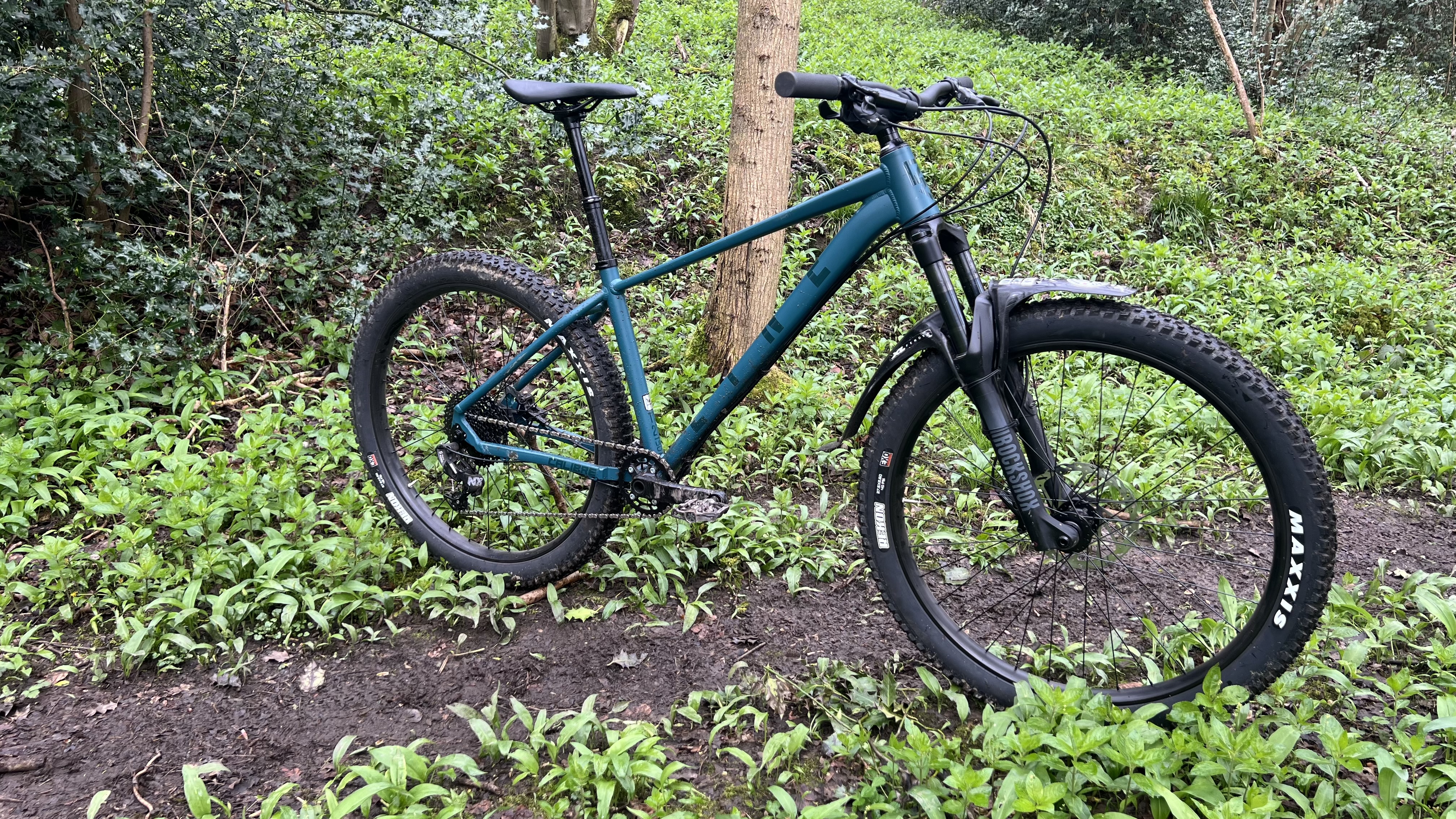
Specifications
Reasons to buy
Reasons to avoid
If the Calibre Line T3 was available worldwide, it would be our best overall $1,000 MTB. Unfortunately though, it's only available in the UK. But if that's where you live, consider it top of the £1,000 mountain bike charts.
The aluminum alloy frame features bang up to date trail bike geometry that helps deliver confident trail handling. If you want to compare numbers, that means a 65-degree head tube angle, 475mm reach on the large sized frame, a 75-degree seat tube angle, and a low bottom bracket height that's 45mm lower than the wheel axles.
Frame standards are equally up to date with wider 'Boost' hubs, through-axles on the wheels (rather than spindly QR skewers), a tapered head tube and internal cabling (which includes the dropper cable). Modern standards means there are plenty of component options you could upgrade to – if you decide to at a later stage.
The components included are already excellent for this price point though with a RockShox Recon Silver SL 140mm fork, a KS Rage-i dropper post, SRAM NX 11-speed drivetrain and Level T hydraulic brakes.
The only minor downside to the Calibre Line T3 275 is that as the name suggests, it runs on 27.5-inch wheels rather than smoother feeling and faster 29-inch versions. There is a 29-inch wheeled Line T3 29 though, but that costs £100 more so doesn't quite make this guide.
Our tester, Guy Kesteven, summed up the bike, "Outstanding value components and sorted geometry mean Calibre’s Line T3 27.5 outrides anything close to it in price."
For more info, see his full Calibre Line T3 275 review.
3. Best online option
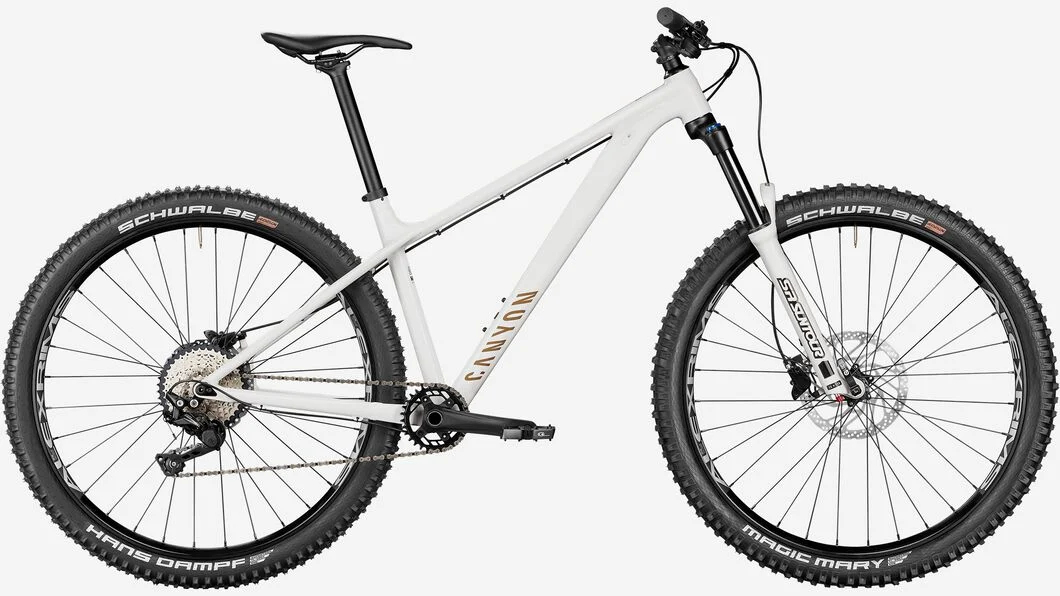
Canyon Stoic 2
Specifications
Reasons to buy
Reasons to avoid
The Canyon Stoic 2 really hits the mark when it comes to a great value and capable hardtail that’s guaranteed to put a big smile on your face out on the trail. This bike is based around a high-quality alloy frame which has loads of neat features that we come to expect from the German brand. Internal routing is a nice touch on a bike at this price and, in general, the frame has a really clean finish that’s going to be a great base for future upgrades as you ride more.
The spec features some really durable kit too. The SR Suntour fork might be basic, but it does the job and is air-sprung so you can tune it for your weight. Shimano takes care of the drivetrain and braking too; it’s good to see Canyon fit big rotors to amplify braking power, however we’d like to see a larger cassette for some extra low range when climbing.
The wheels use Shimano hubs and Alex rims and are fitted with grippy Schwalbe Hans Dampf 2.35-inch tires at the rear and Schwalbe Magic Mary Evo Super Trail 2.4-inch ones at the front for maximum stability.
The Stoic 2’s frame features routing for a dropper post if you do decide to upgrade to one in the future and, considering the keen pricing, you should be able to and still stay within the $1,000 budget.
4. Best for singletrack

Cube Analog
Specifications
Reasons to buy
Reasons to avoid
When looking at the geometry numbers you’d be excused for thinking the Cube is a little dated or conservative. Where bikes like the Canyon Stoic urge you to seek out the steeper and rougher trails, the Cube Analog isn’t quite so interested.
However, point it down some swoopy trails and the steeper head angle and shorter wheelbase start making lots of sense. Combined with the 100mm fork and fast-rolling 2.25-inch Schwalbe Smart Sam tires, the Analog is a nippy little singletrack cruiser.
Cube has chosen 27.5-inch wheels for the smaller sizes for a better fit for shorter riders which is a nice touch. The Analog comes with a SRAM SX Eagle 12sp drivetrain and Shimano hydraulic disc brakes. Unfortunately, Cube’s spec choices have taken a hit with Brexit as the previous Cube Reaction TM had a far better choice of bells and whistles for the money, including a dropper post.
5. Best for casual riders

GT Aggressor Expert
Specifications
Reasons to buy
Reasons to avoid
GT has been a legendary name among BMX riders and mountain bikers for decades. While its bikes are still raced at the highest level, these days the company is better known for its more affordable options as well.
Although the GT Aggressor Expert is its entry-level bike, it still gets GT’s signature Triple Triangle frame design where the seat stays and seat tube overlap for stiff, multi-point contact.
The Expert has a generous spread of gearing, thanks to a 3x8 drivetrain, but that’s harder to shift smoothly than a more up-to-date single chainring setup. SR Suntour’s 80mm coil fork is smoother than most air-sprung forks at this price, but it’s heavy and can’t easily be adjusted for rider weight.
Despite the name, the Aggressor’s geometry and handing are better suited to less challenging off-road routes such as fire roads, towpaths, and easy trail center blue runs. Still, with 27.5in or 29in wheel options and plenty of sizes, you'll be able to get an Aggressor that fits you really well.
6. Best build quality

Giant Talon 4 29
Specifications
Reasons to buy
Reasons to avoid
The best budget mountain bikes are always a compromise between performance and price. However, Giant is one of the largest manufacturers of bicycles in the world, controlling production right from raw materials to finished bikes. That gives it huge economies of scale as well as excellent quality builds at all price levels.
Despite the Talon’s cheap price, it gets a high-quality ALUXX SL aluminum frameset that's much more sophisticated and smoother riding than many similarly priced bikes.
The Talon 29er is available in small, medium, large, and extra-large sizes for those who want the easiest rolling performance. However, Giant also sells a 27.5-inch wheeled Talon which is more agile and available in smaller sizes for shorter riders. Giant’s sister company Liv also offers a women’s version called the Tempt.
7. Best for long rides

Cube Aim 29
Specifications
Reasons to buy
Reasons to avoid
Riders targeting a top-value bike for mile-munching cross-country or adventure missions could do a lot worse than Cube’s budget 29er XC hardtail. The Aim got a bit of a geometry makeover for 2022, slackening out the previously old-skool steep geometry with a little more contemporary 68.5 degrees.
The new Aim still has quite narrow 680mm handlebars, however, to keep handling sharp and nimble on tight trails and climbs. The fast-rolling 29er wheels and tires mean it would also make a great flat bar gravel/bikepacking bike for those who want more control than a dropped bar setup.
As one of the largest bike brands in the world, Cube also gets the best prices on components and passes them directly on to its customers. That means this bike comes with a super-reliable Shimano drivetrain and fast-rolling Cube IMPAC Smartpac tires. The Cube’s mechanical disc brakes aren’t as powerful as hydraulic ones, but if anything goes wrong, maintenance is simpler for home mechanics or trail-side fixes.
8. Other options
At the time of writing, Vitus bikes are unavailable following the sale of the brand's parent company WiggleCRC. The two bikes featured here are both excellent budget options though, so we have kept them in this guide as they could potentially make a reappearance and you may well find them for sale on the secondhand market.
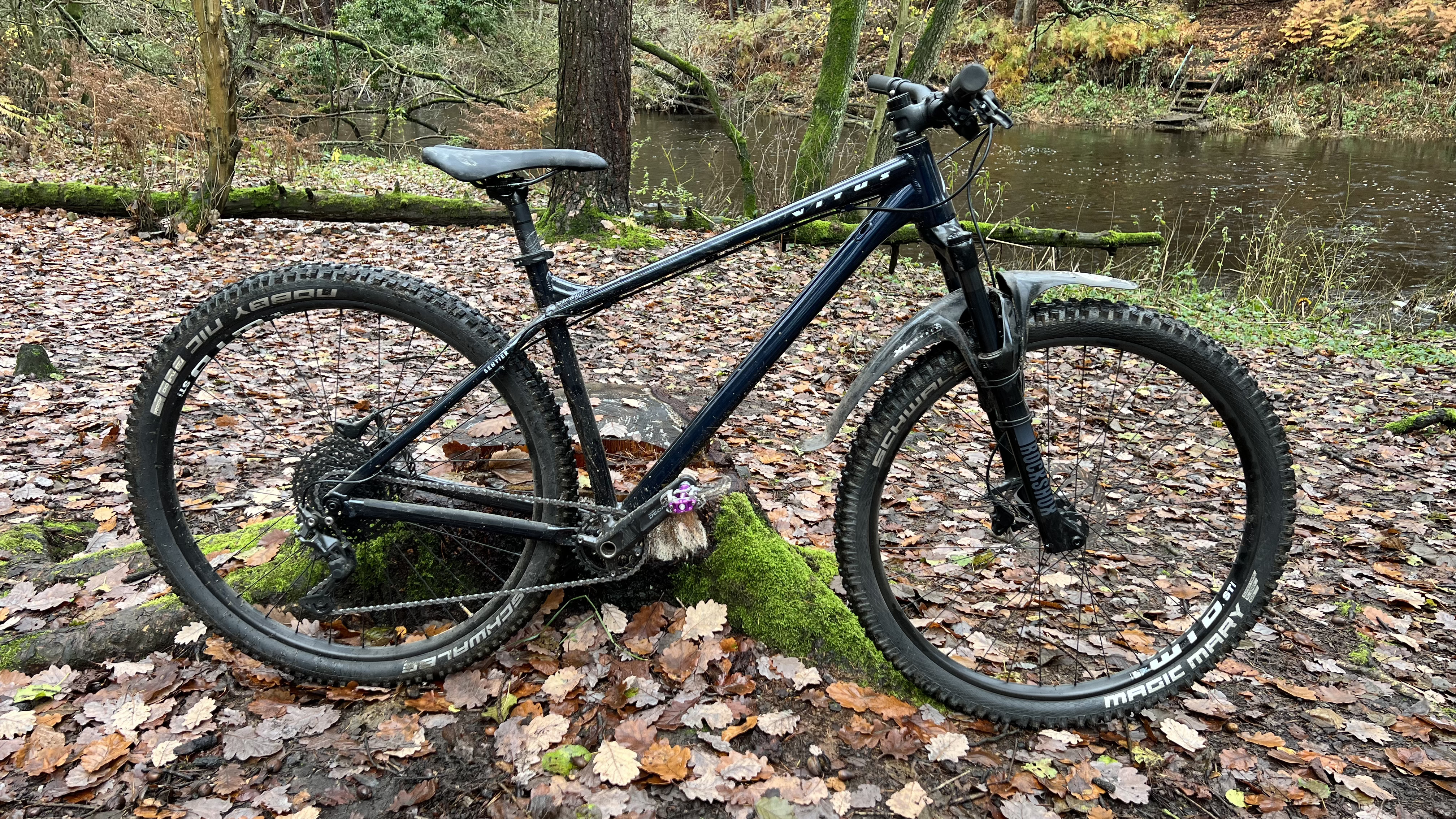
Specifications
Reasons to buy
Reasons to avoid
It would be amiss for a guide on the best mountain bikes under $1,000 to not feature a bike from Vitus as this brand has been making bikes that are not only packed with trail performance, but are some of the most keenly priced.
Vitus has nailed the geometry for the Sentier to make a bike that we found during testing was fast and capable on a whole range of trails, whether you ride trail centers or natural singletrack.
Brilliant spec means a 10-speed Shimano Deore drivetrain and Clarks M2 brakes offer plenty of functional performance. The wheels are WTP ST i30 which gives a wide platform for the Schwalbe Magic Mary/Nobby Nic tire combo which are plenty grippy enough to offset the rolling speed sacrifices.
For more info on this mountain biking bargain, check out our full Vitus Sentier 29 review.
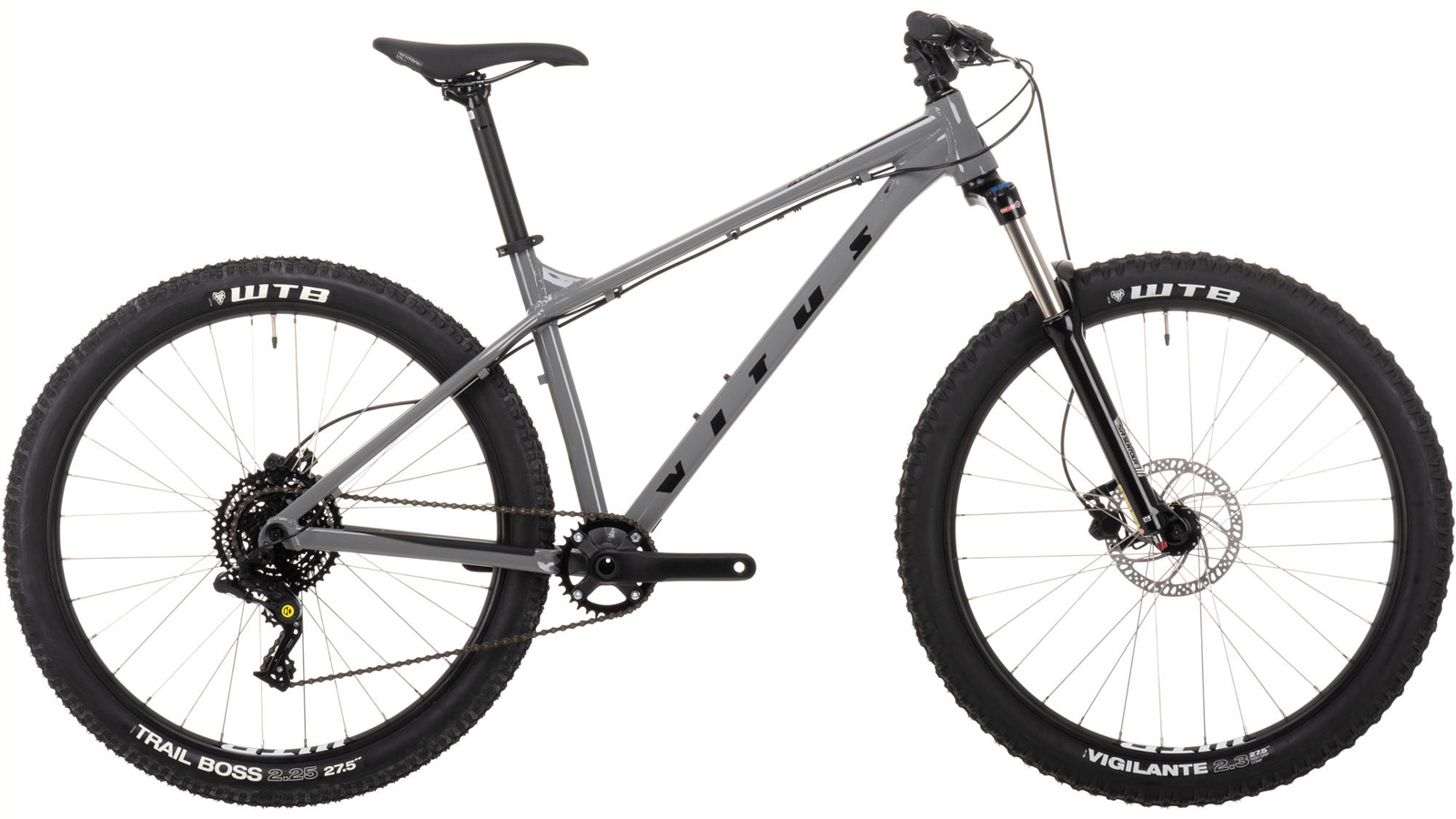
Vitus Nucleus 27 VR
Specifications
Reasons to buy
Reasons to avoid
The biggest brands might have a bulk buy advantage, but sometimes they aren’t as quick to respond to the latest trail trends. Online brand Vitus certainly uses its direct-sell status and focused design team to its advantage with the bang up-to-date Nucleus though. Featuring a 1x drivetrain, air-sprung 120mm Suntour fork, and a frame with really well thought-out geometry, it’s great value for the money and a great ride too.
The Nucleus’s 27.5-inch wheels are more responsive than 29ers for jumping, flicking off fun bits, and generally playing around too. WTB branded wheels and rubber mean fewer worries about heavy handling or unreliable tire grip too.
If you prefer 29er wheels, Vitus has a Nucleus 29 VR with the same spec bike with bigger wheels for the same price.
The fact this is the second Vitus in this guide (the Sentier won best overall) just shows what a brilliant job the brand does when it comes to fantastically performing bikes at great prices.
What to look for when buying best mountain bikes under $1,000
What size of MTB do I need?
In the past, there was a trend for sizing up or down to achieve a certain ride quality. Now that brands have a far better understanding of geometry, following the manufacturer’s size guides should see you on a properly sized bike.
With geometry becoming more progressive, the trend for longer, lower, and slacker has now reached the budget market. This has produced bikes with a wider range of handling characteristics to suit different riders' requirements.
Longer, slacker bikes give better stability over rough and fast terrain, however, they will feel sluggish and hard work at slower speeds. Steeper head angles and shorter chainstays give a bike a lively ride. Suited to tight and twisty trails, they will begin feeling overly twitchy and overwhelmed when ridden at pace.
Chainstay length plays a big part in how a bike feels. Longer chainstays increase stability, while shorter chainstays give the bike a playful quality and allow a rider to get their weight over the back more easily.
Beginner riders should look for something conservative that balances wheelbase length for confidence-inspiring stability and a head angle around 67 degrees for nimble handling at lower speeds. These bikes will ride well on a range of trails, allowing new riders to try new routes and test themselves.
What components should I look for?
These days, the level of equipment that you can get for $1,000 is incredible – 1x drivetrains now feature prominently and anything with less than 10-speed should probably be ignored. In fact, many companies spec 12-speed in the form of SRAM’s SX and NX groupsets or Shimano Deore. However, it’s important to consider what’s been sacrificed to afford a 12-speed option.
A bike with fewer gears and a smoother fork, grippier tires, and better brakes will serve you better than an extra one or two gears.
Bikes will vary in suspension travel with most settling around the 130mm mark as a good balance for trail riding. Suspension from renowned manufacturers RockShox has become more commonplace, while certain fork and shock models featuring Motion Control dampening and compression give options to customize suspension feel.
What MTB wheel size is best?
With the choice between 27.5- and 29-inch wheelsets further diluted with the introduction of plus-sized tires, it can be tricky to settle on what’s best suited to you and your riding. A 29er wheel suits hardtails as their larger diameter will smooth out bumps on the trail.
However smaller 27.5-inch wheels allow shorter chainstays and have less rotational forces for a nimble and playful ride. Tire sizes usually range between 2.35 and 2.6 inches.
The third option is for 27.5+. Though less common these days, this wheel setup uses a 27.5-inch rim size with a much larger tire between 2.8- and 3 inches. The chunkier tire increases the effective wheel size to almost the same circumference as a 29-inch wheel. Plus-size tires roll very well over obstacles with enhanced traction and vibration absorption thanks to the high-volume tire’s ability to deform to the trail surface making them popular with beginner riders. There are disadvantages, all that extra tire comes at a weight penalty, with a higher risk of punctures and poor performance in muddy conditions.
Most 27.5+ frames allow interchangeability between 27.5+ and 29er should you wish the versatility. It’s worth checking before you buy as not all frames can swap and 29er tire clearance can be limited.
What's the difference between coil and air suspension MTB forks?
Coil sprung suspension forks tend to be heavier and less adjustable than air sprung versions, however, air sprung forks are more expensive. In general, we'd say that air-sprung forks are a better option than the cheaper coil varieties as they're lighter and offer more tuning adjustment. They also have a more progressive spring rate that ramps up toward the end of the suspension stroke to stop the fork from noticeably 'bottoming out' at the end of its travel.
What do I need before I hit the trails?
It goes without saying, but buying the best possible helmet you can afford is an absolute must before you even think about hitting the trails.
Getting pedals with your new bike isn’t always a certainty either, and due to them being a vital contact point, getting the right ones is crucial. If you’re a new rider looking to hone your skills or a seasoned one who values playing in the woods, then the best flat pedals are what you need. But if XC is your vibe and maximum efficiency is a priority, the best clipless pedals will deliver.
Some general spares like a chain link, a multi-tool with a chain tool, a spare inner tube, and a pump are great things to carry on any ride too.
How we test mountain bikes
All the mountain bikes we test are put through many hours of riding on different terrains and in varied weather and trail conditions. While we mostly test the bikes for the purposes they've been designed, we also like to push them outside their comfort zones to see how they perform in more challenging conditions as we try to find their limits.

Rich Owen joined the BikePerfect team as editor in 2021. He's worked as a journalist and editor for over 24 years, with 12 years specializing in cycling media. Rich bought his first mountain bike (a rigid Scott Tampico) in 1995 and has been riding MTB for almost 30 years.
Current rides: Merida One-Forty 6000, Banshee Paradox, YT Jeffsy Core 3, Saracen Ariel 30 Pro
Height: 175cm
Weight: 69kg
- Guy KestevenTechnical-Editor-at-Large
- Graham CottinghamSenior reviews writer, Bike Perfect
